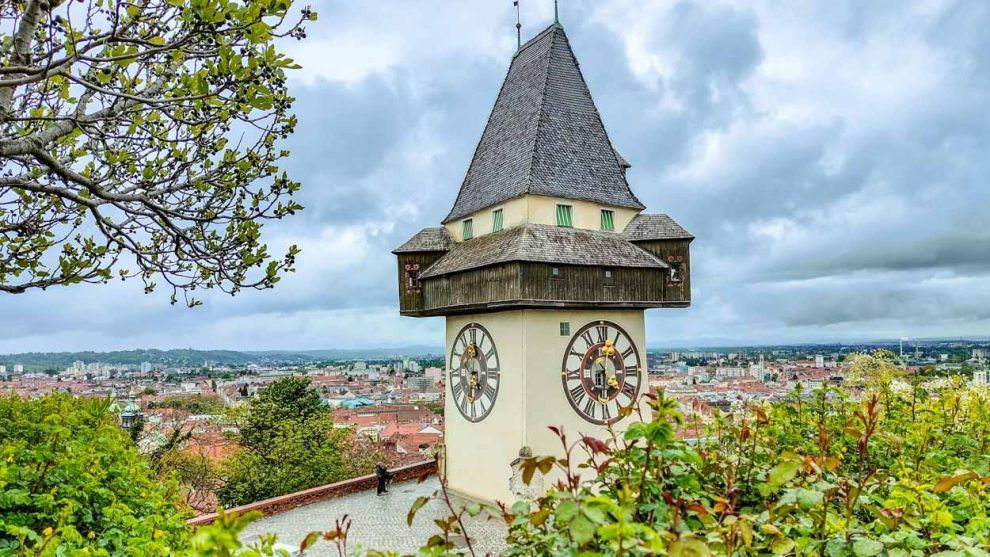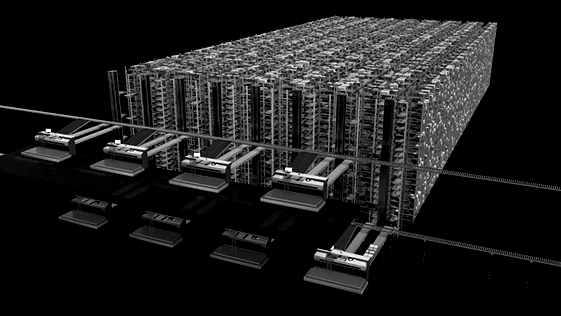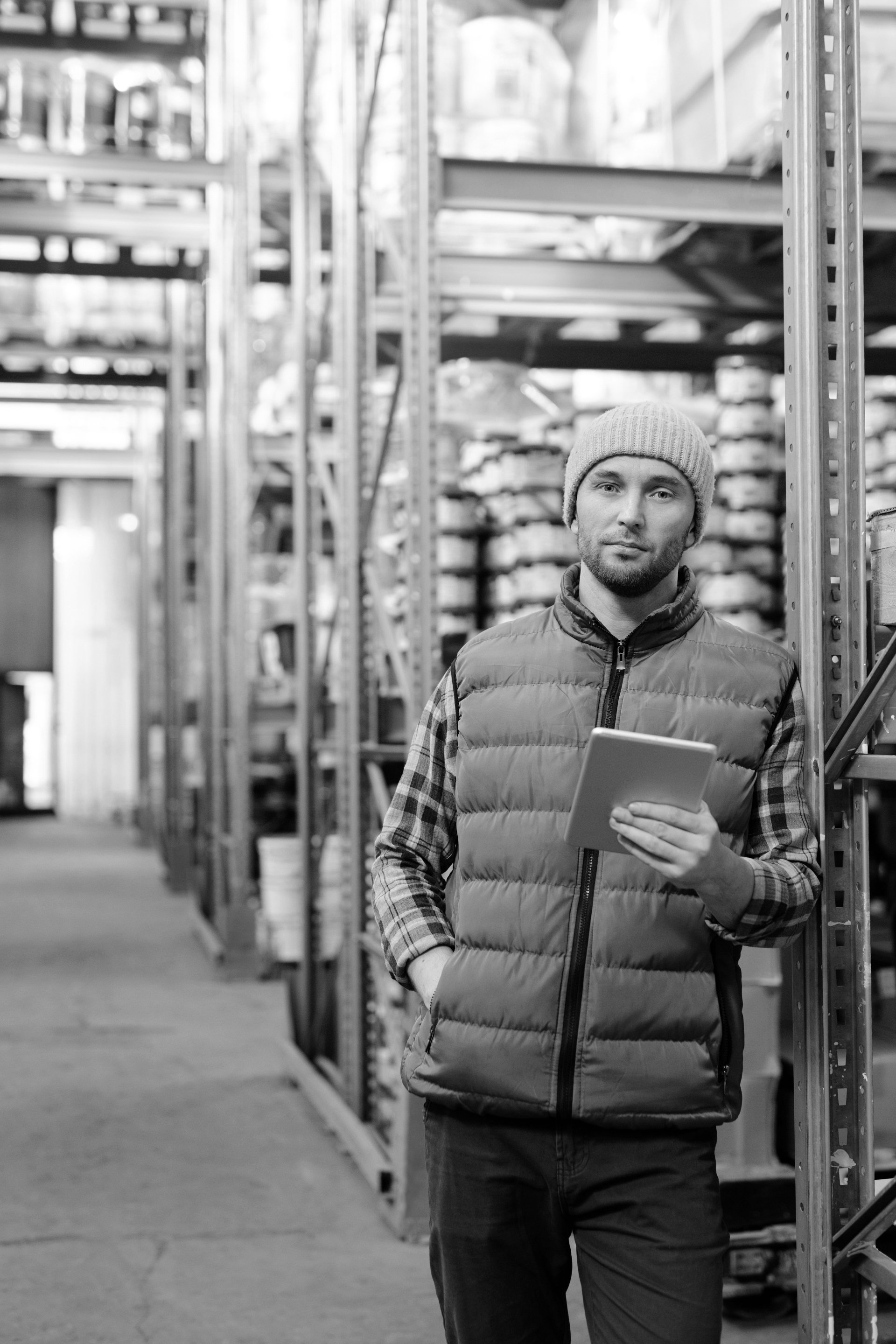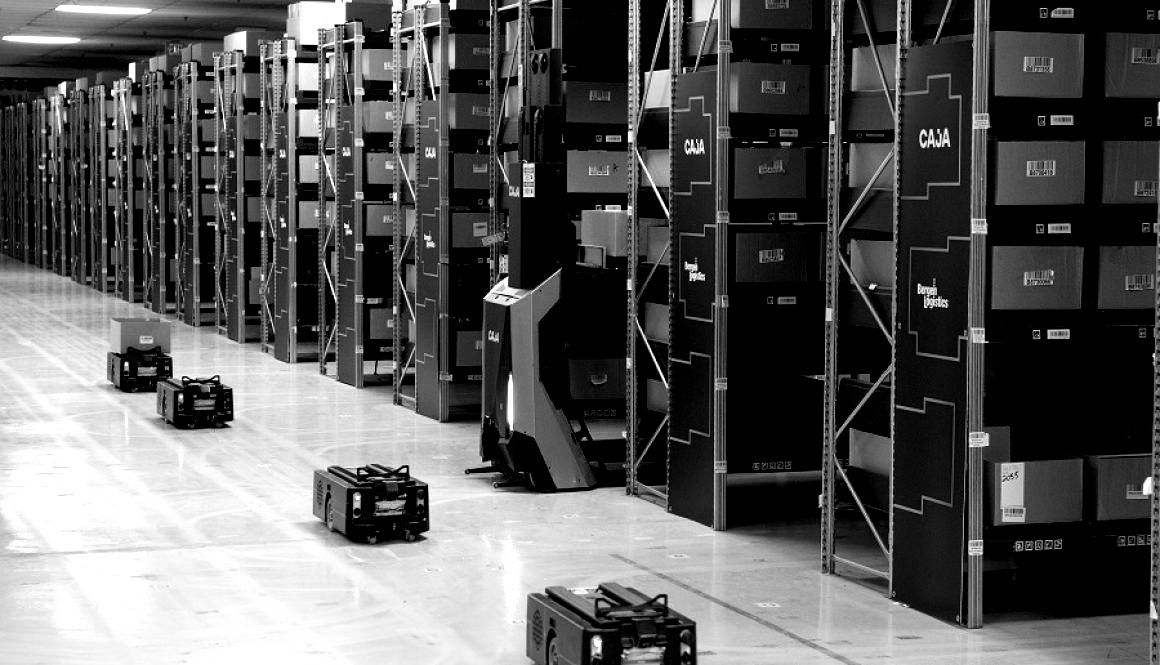The Dynamic Evolution of the Intralogistics and Warehouse Automation Industry in Graz, Austria
The Dynamic Evolution of the Intralogistics and Warehouse Automation Industry in Graz, Austria

Graz: The Global Powerhouse of Intralogistics Innovation
When people think of global centers for automation technology, cities like San Francisco, Munich, Zurich, or Amsterdam often come to mind. Yet over the past decade, one city has quietly — but confidently — emerged as a world leader in intralogistics innovation: Graz, Austria.
As part of a research study for my report “The Dynamic Evolution of the Intralogistics and Warehouse Automation Industry in Graz”, I spoke with senior leaders across the industry — from Knapp, SSI Schäfer, Dematic, Exotec, HAI Robotics, Ferag, Rocket Solutions, and Beumer Group — to better understand how this transformation happened and what lies ahead. The result paints a fascinating picture of a city whose deep engineering roots, collaborative spirit, and innovative culture have turned it into a true global powerhouse.
From Engineering Roots to Automation Leadership
Graz’s rise didn’t happen overnight. It evolved naturally from decades of engineering excellence and mechatronic tradition across Styria. The region’s industrial DNA — from the early automotive days of Puchwerke to precision machinery and control engineering — laid the foundation for what would become a thriving automation ecosystem.
Companies like Knapp and SSI Schäfer were the catalysts. Knapp, in particular, played the role of pioneer and innovation leader, inspiring a generation of engineers and entrepreneurs. As one interviewee put it, “Knapp built the foundation and created the know-how pool that attracted many other companies.”
At the same time, SSI Schäfer’s investment in local talent, paired with Graz’s growing reputation for technical excellence, created a concentration of expertise that few other regions could match. Over time, these two anchor companies set the stage for an entire ecosystem — from suppliers to software startups — to flourish.
A Domino Effect of Talent and Transformation
Every innovation cluster has its inflection point. For Graz, many experts point to the organizational changes at SSI Schäfer in 2017 as a critical moment that unintentionally accelerated diversification.
When leadership shifts disrupted culture and continuity, highly skilled engineers began exploring new opportunities. This created what several interviewees called a “talent domino effect” — experienced professionals joining competitors, forming startups, and bringing fresh energy to the market.
One executive summarized it well: “The 2017 leadership changes didn’t create the cluster, but they accelerated circulation.” The result was a healthy exchange of ideas and talent that further strengthened Graz’s innovation landscape.
Meanwhile, Knapp continued to evolve, investing heavily in R&D and setting new benchmarks in automation technology. Together, these movements transformed Graz into a magnet for skilled professionals, new ventures, and international partners.
Universities, Apprenticeships, and a Talent Engine
Behind every strong industry cluster lies a strong education system. Graz’s success is deeply tied to TU Graz, FH Joanneum, and the region’s technical high schools (HTLs).
Austria’s dual-education model — combining academic study with practical apprenticeship — has proven to be a key differentiator. Graduates enter the workforce with both theoretical understanding and hands-on experience. As one participant noted, “It’s quite unique to Austria — a system that lets people move from vocational training to higher education while working in companies.”
While some argued that real know-how is learned on the job, most agreed that the universities and HTLs have played a critical role in fueling the industry’s growth. TU Graz develops the algorithmic and robotics core, while FH Joanneum contributes applied mechatronics and software expertise. Together, they ensure a continuous flow of young, moldable talent — even if demand for senior engineers still outpaces supply.
The Talent Race and Changing Work Culture
As more companies established a presence in Graz, competition for talent intensified. The city’s once-steady employment market became dynamic, even aggressive. Companies had to evolve their recruitment strategies from “post a job and wait” to proactive sourcing, campus engagement, and relocation support.
But the competition isn’t just about money anymore. While salaries have risen significantly, employees today seek
purpose, flexibility, and culture.
As Markus Bacher, Dematic, put it: “There’s high demand for technically savvy and seasoned solution consultants.” Yet salary alone doesn’t close candidates — it’s the chance to work on meaningful projects, maintain work-life balance, and be part of a company that values trust and development.
This shift toward holistic employment value is reshaping how companies attract and retain their people.
Why Graz Stands Out
So why Graz — and not Frankfurt, Amsterdam, or Paris? The answer lies in density, culture, and lifestyle.
Graz offers an unusually high concentration of intralogistics know-how per square kilometer. The ecosystem is compact — companies, suppliers, and universities are minutes apart — allowing for fast collaboration, agile prototyping, and personal relationships that drive innovation.
One executive described it best: “Short distances, fast access to decision-makers, and a culture of ‘build it, test it, iterate.’”
Add to that a high quality of life — safety, nature, culture, affordable living, and good education — and you get a city that doesn’t just attract talent but keeps it. For many professionals, Graz offers a rare balance between global opportunity and local livability.
The Road Ahead: Sustaining Growth Through Innovation
Can Graz maintain its momentum? Opinions vary. Some see signs of stabilization — that the explosive growth phase has peaked and will now level at a more sustainable pace. Others, like Ferag’s leadership, remain confident: “Graz continues to innovate and attract. It’s fertile ground for future trends.”
Challenges are real: rising living costs, infrastructure limitations (especially airport connections), and a saturated talent market. But opportunities are equally strong — particularly in AI-assisted optimization, robotic productization, digital twins, and green intralogistics.
To stay ahead, Graz must continue nurturing its collaborative spirit and keep pushing into new technology frontiers — from software-driven design to lifecycle services and sustainability.
Conclusion: A Culture of Innovation That Endures
Looking back, Graz’s success story is not about one company or one technology. It’s about a culture of collaboration, curiosity, and continuous innovation.
The city’s transformation from a regional engineering hub into a global leader in warehouse automation demonstrates what can happen when education, entrepreneurship, and industry share a common vision.
As I concluded my interviews, one recurring phrase stuck with me: “You always meet twice in intralogistics.”
In Graz, that couldn’t be truer — a place where ideas, people, and partnerships keep coming back, reinventing themselves, and driving the next wave of innovation.
Graz may not be Europe’s biggest city, but when it comes to intralogistics, its impact is enormous — and still growing.





